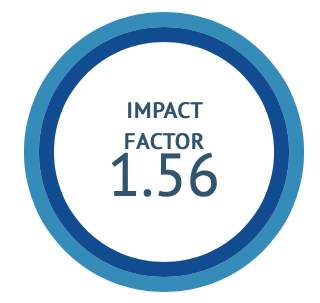Mushroom Extracts in the Management of Diabetes: A Systematic Review with Special Reference to Oyster Mushrooms
DOI:
https://doi.org/10.47552/ijam.v16i1.5294Keywords:
Diabetes, Diabetes management, Oyster mushroom, Pleurotus species, Mushroom extract, Anti-diabetic propertiesAbstract
A multifactorial metabolic illness with a significant risk of death called diabetes mellitus is defined by elevated blood glucose levels. The quality of life, the health care system, and the economics of nations are all significantly impacted by diabetes and its persistent problems. There are numerous commercial medications available today that are successful in treating hyperglycemia but have several substantial side effects and are unable to appreciably modify the course of diabetes complications. Mushrooms and their bioactive constituents like polysaccharides and terpenoids, are useful in the cure of diabetes mellitus. This systematic review aims to provide an overview of the effects of mushrooms on diabetes. Details on relevant studies were examined using the preferred reporting items for systematic reviews and meta-analyses (PRISMA) norms. Although the mechanism of Pleurotus mushrooms in treating diabetes is still unknown, the anti-diabetic properties of many other species of oyster mushrooms have not been thoroughly researched. More research on edible medicinal mushrooms is required to close the research gap and use their clinical potential to prevent metabolic diseases.
Downloads
Published
How to Cite
Issue
Section
License
Copyright (c) 2025 International Journal of Ayurvedic Medicine

This work is licensed under a Creative Commons Attribution-NonCommercial-ShareAlike 4.0 International License.
The author hereby transfers, assigns, or conveys all copyright ownership to the International Journal of Ayurvedic Medicine (IJAM). By this transfer, the article becomes the property of the IJAM and may not be published elsewhere without written permission from the IJAM.
This transfer of copyright also implies transfer of rights for printed, electronic, microfilm, and facsimile publication. No royalty or other monetary compensation will be received for transferring the copyright of the article to the IJAM.
The IJAM, in turn, grants each author the right to republish the article in any book for which he or she is the author or editor, without paying royalties to the IJAM, subject to the express conditions that (a) the author notify IJAM in advance in writing of this republication and (b) a credit line attributes the original publication to IJAM.




